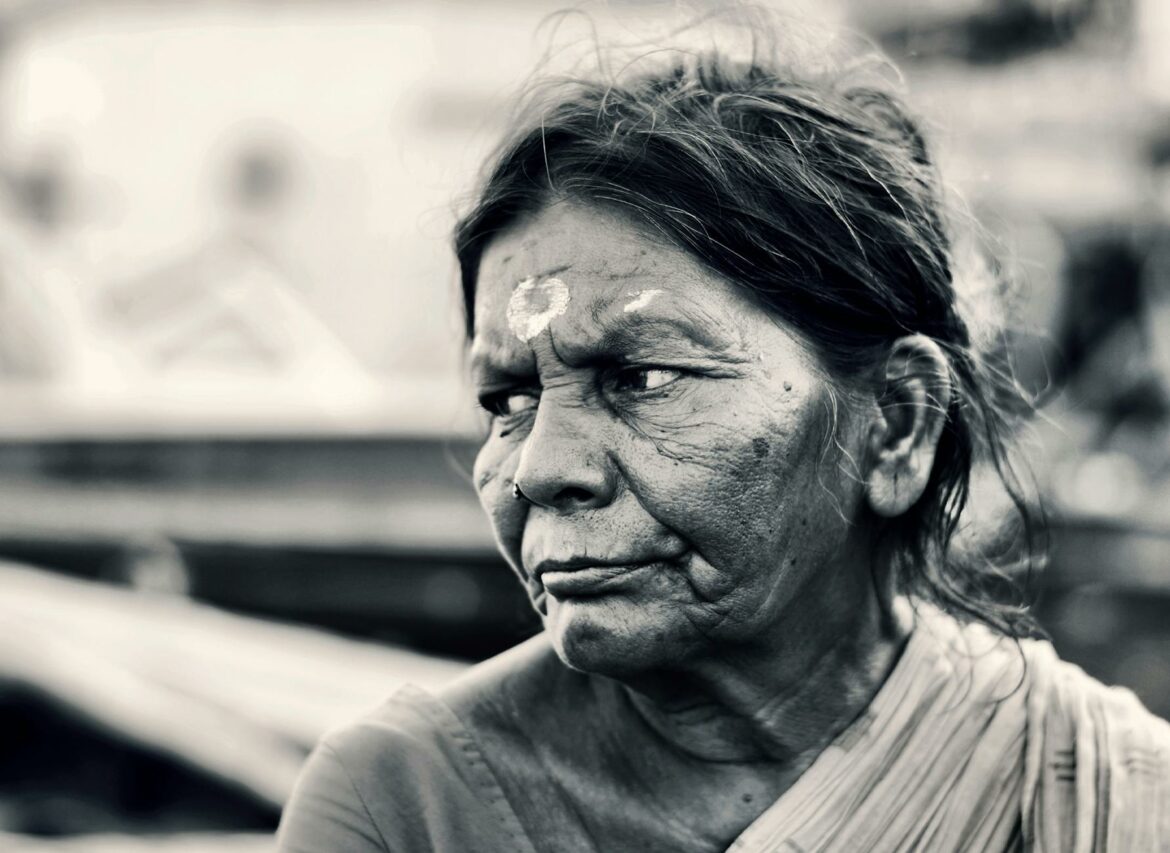In a world obsessed with the new and shiny, nostalgia often sneaks in like an old friend, ready to remind us of moments we thought were left in the past. The digital landscape thrives on the immediacy of trends that flicker into existence like fireflies, yet often, the ones that resonate most deeply are those that evoke a sense of familiarity and warmth. This juxtaposition creates an interesting tension: while we chase after the latest viral sensation, our hearts frequently yearn for the comfort of cherished internet moments that have faded into the background.
One prevalent misconception surrounding internet nostalgia is that it often equates to a simple recycling of past content. People believe that when old internet moments resurface–whether it’s a cherished meme, a beloved viral video, or an iconic tweet–it’s merely a sign of creativity stagnation. This idea persists for several reasons. The vastness of the internet means that trends come and go at lightning speed, leading some to view these remixes as derivative or overly reliant on past formulas. When you see the same format emerging again and again, it’s tempting to assume that cultural innovation has hit a wall.
However, this perspective neglects a vital aspect of cultural remixing. Instead of viewing these nostalgic accounts as mere rehashes, a deeper understanding reveals that they serve as a conduit for contemporary expression. Artists, content creators, and even everyday internet users often take these past moments and infuse them with fresh significance, allowing them to resonate in a new context. Nostalgia works as both a foundation and a springboard, enabling the creation of layered, nuanced content that reflects current sentiments while paying homage to bygone eras.
Take, for instance, the resurgence of classic memes like the “Distracted Boyfriend.” Originally a stock photo that became a meme in 2017, it has since been repurposed to comment on various modern dilemmas, from shifting social values to the complexities of online relationships. Each new iteration gives room for personal interpretation while grounding it in a shared cultural context, creating a bridge between the past and present.
Another example can be found in the revival of early 2000s video content formats, such as vlogs or reaction videos. While these forms once captured the spontaneity and quirks of early internet personalities, today’s creators remix them to include modern themes, seamlessly blending nostalgia with contemporary issues like climate change or digital privacy. This intersection not only celebrates the quirks of the past but also highlights how societal views have evolved, enriching the conversation around these once-simple formats.
To sidestep the misconception that nostalgia equates to a lack of originality, it’s essential to recognize the layers involved in these remixes. Instead of oversimplifying the connection between old and new, analyzing how creators interact with past content encourages a more in-depth appreciation for the creative process. Each nostalgic reference can be seen not just as a look back, but as a dialogue with the past, wherein the present rewrites the narrative to reflect its own realities.
In this ongoing cultural conversation, we find that nostalgia isn’t merely a yearning for what has been but rather a powerful tool, reshaping our understanding of modernity through the lens of shared experiences. This nuanced approach helps illuminate the spectrum of creativity that nostalgia fosters, allowing us to appreciate the intricate tapestry of internet culture as it continues to evolve.

